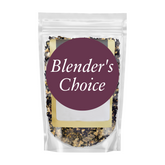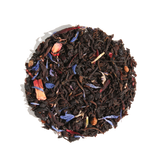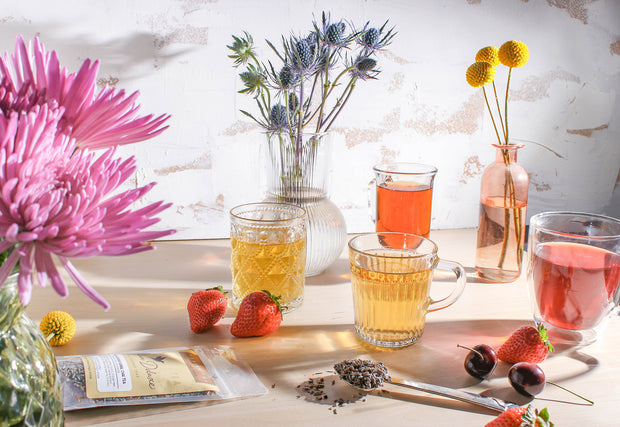If you want to learn more about what makes tea an oolong, as well as how to brew oolong tea, we're covering that in today's post.
Let's get started.

What is Oolong Tea?
Oolong is a lesser-known tea from China that places somewhere between black and green teas. There are several different kinds of oolongs, all with their own personalities and flavor profiles.
Since all true tea comes from the tea plant, Camellia Sinensis, what makes the difference between different teas is the extent of oxidation. Delicate green tea leaves are oxidized for a lot less time than robust black teas.
Oolongs are somewhere in the middle, varying in oxidation level by the maker. Oolong tea can vary between 8 and 85 percent oxidized, bringing a wide variety of flavors to the category.
Oolongs have a complex flavor that changes depending on the processing of the plant. It can be bright and floral, yet a bit darker than a green tea, creamy like in “milk oolongs,” or malty and earthy, almost like a black tea. Its flavor profile is usually light enough to let added flavors shine.
The taste is further tempered by the recipe for making the type of oolong desired. The flavor is manipulated by how the leaves are moved and treated while being oxidized.
The food blog, Serious Eats, describes this intricate process: "Oolongs have recipes and variables that have to be tightly managed, from withering time to the way the leaves are tossed, bruised, rolled, and compressed, to exacting temperature and humidity standards. And that's before we even get to the roasting phase many teas need to undergo before they're considered complete."

Caffeine in Oolong Tea
The caffeine level of oolong is also between green and black teas, containing 37 to 55 milligrams of caffeine per eight-ounce serving, about half the caffeine content of a cup of coffee. It makes a great afternoon pick-me-up!
Like all teas, oolongs have a list of health benefits that make it a good pick beyond just flavor and caffeine.
Some studies on oolong tea have shown to benefit heart, brain, bone, and dental health, as well as boost your metabolism, decrease your risk of developing type 2 diabetes, and protect against certain types of cancer.

How to Brew Oolong Tea
This variety in processing and flavor means steep time and temperature varies with the blend you are preparing.
An oolong that is less oxidized is closer to a green tea and should be steeped closer to three minutes, while a darker, more heavily oxidized blend would benefit for a longer steep time of 5 minutes.
With oolongs, it's best to follow the steeping instructions included on your tea to start, then experiment with length and temperature to find your favorite brew. You could also try a series of short 30 second infusions to see how the flavor changes.
Oolong teas, like all teas, are best in loose-leaf form. The leaves are often rolled into balls but will expand to large tea leaves that need a lot of room to steep properly. Keeping this in mind, a teapot or large strainer is the way to go when learning how to brew oolong tea.
Oolongs can be steeped multiple times, giving you a different cup of tea at the end than what you started with. It’s a lovely experiment! You can add milk or sweetener to your tea, but I suggest giving it a taste plain to see what flavors you are working with, it may be sweet or creamy enough on its own.

Where to Buy Oolong Tea
Plum Deluxe offers a variety of flavored oolongs ranging from fruity to nutty to get you started. If you know you like black tea and nutty flavors, Toasted Nut Brulee oolong tea combines black and oolong tea with rooibos, caramel, and nutty flavors and is a good place to start.
If you prefer fruity, I love a mug of Peaches n’ Cream oolong, a blend of black and oolong teas with peach and vanilla. If you want to try oolong without the presence of black tea, our Currant Conversation tea blends a woodsy oolong with currants, tart rose hips, and creamy vanilla.

![Spring Break Tea Variety Pack [6-Pack Variety of Flavors]](http://www.plumdeluxe.com/cdn/shop/files/spring-break-pack.jpg?v=1740682266&width=165)















